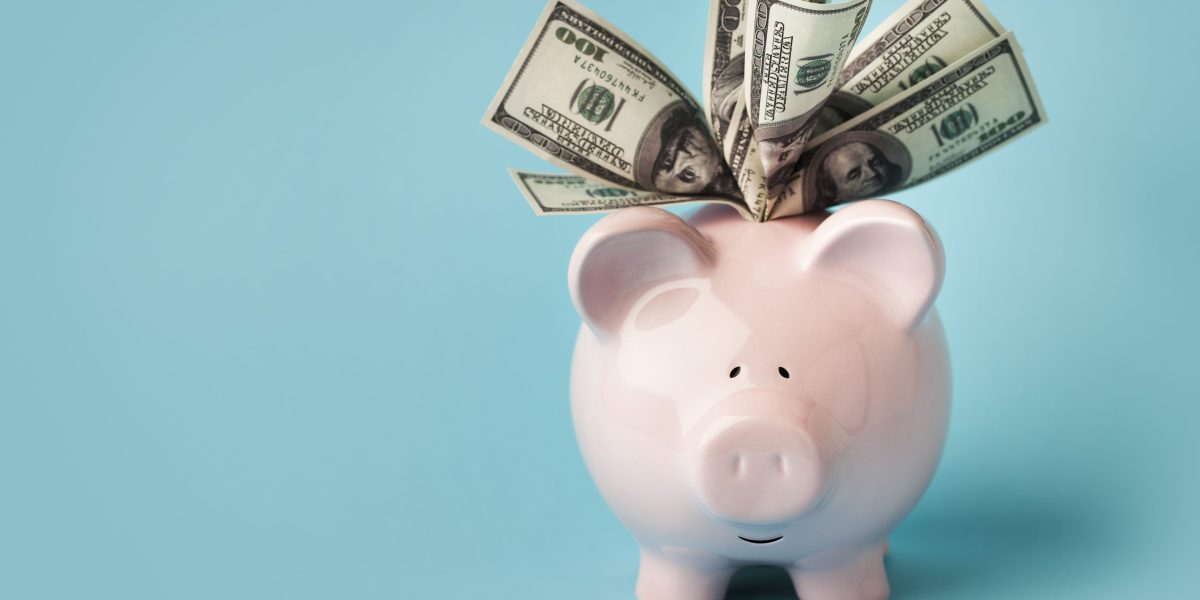This post was originally published on this site
https://fortune.com/img-assets/wp-content/uploads/2024/02/GettyImages-184860418-e1709245400867.jpg?w=2048
With interest rates at a more than 20-year high, you can earn a modest return just by putting your money in a bank account. But how much should you have in your checking and savings accounts, rather than in investments, will vary based on your unique situation.
While there’s no magic number for either, there are some simple strategies for deciding how much to save.
How much money should you keep in your checking account?
Checking accounts are a type of deposit account meant for everyday spending and are offered by banks and credit unions. You might use your checking account to pay for expenses such as rent and mortgage payments, student loans, credit card bills, and more.
These accounts offer easy access to money, allowing you to spend by using a debit card, withdrawing cash from an ATM, or transferring money via automated clearing house (ACH) transfer.
While it’s important to have a checking account, it’s not the best account for hoarding your money, especially since they provide such low annual percentage yields (APYs). According to the Federal Deposit Insurance Corp. (FDIC), the national deposit rate on checking accounts is a measly 0.07% APY.
“Often, your checking account isn’t going to pay you very much. I’d only keep a little bit of a buffer for your monthly bills,” says Barbara Ginty, a Certified Financial Planner (CFP) and host of the Future Rich Podcast. “If your monthly bills are $3,000, I’d recommend keeping an extra $1,500 or $2,000.”
In other words, it’s a good idea to have at least one to two months’ worth of expenses in your checking account. If you make a transaction when there isn’t enough money in your account to cover it, you could be charged an overdraft fee. Some financial institutions also have minimum balance requirements—when you drop below a certain threshold, you might incur a monthly maintenance or minimum balance fee.
How much money should you have in a savings account?
After you figure out how much you want to put toward your emergency fund, use that number to determine how much you want to put in your savings account.
For example, if you have two months’ worth of expenses in your checking account and your emergency fund goal is to have six months, aim to save four months’ worth of expenses in your savings account. Generally, you’ll want to aim to have at least two to four months’ worth of expenses in your savings account.
“Your emergency fund is where you should be keeping the bulk of your cash,” says Ginty. “At this point, you’re getting paid real interest on those accounts—somewhere between 4% and 5% on either high-yield savings or money market [accounts].”
Ken Tumin, the founder of DepositAccounts.com, recommends shopping around for an account and opting for an online bank as they tend to offer higher rates.
“Generally, it’s considered [interest rates] might fall by a relatively small amount [in 2024]. At the end of the year, interest rates on savings accounts should still be at a very high level compared to previous years,” says Ken.
How to maximize your savings
To start saving, put a small amount of money from each paycheck towards a high-yield savings account or money market account (MMA). By putting your savings on auto-pay, the money doesn’t hit your checking account, so you don’t have the opportunity to spend it. You can start small and increase the amount over time.
These banks are currently offering rates above 5% on their high-yield savings accounts:
Note that you don’t want to keep too much money in your savings account either. While banks and credit unions currently offer competitive interest rates on savings accounts, these accounts are variable-rate accounts so APYs fluctuate with changes in the federal funds rate.
If you pour too much of your cash into a savings account versus a higher-yielding (and riskier) investment—such as an index fund—you could end up missing out on some substantial stock market gains down the line.
Prioritize building an emergency fund
Generally, experts recommend saving three to six months’ worth of living expenses in an emergency fund. Ginty, however, suggests that people with children or dependents save more than that.
“If you’re a single parent, I’d recommend at least six months, but somewhere between six and 12 months. But if you’re a single individual and nobody is relying on you, you can probably get away with three months, but it really depends on your dependents,” says Ginty. “If you’re the breadwinner of your family and you have a spouse that’s staying at home, I would err on the side of having 12 months.”
If you can’t save that much right off the bat, saving even a small amount of money can make a big difference in an emergency. In a 2022 Consumer Financial Protection Bureau report, researchers assert that even having one months’ worth of expenses saved up could make the difference between facing financial hardship and not.
The takeaway
Though the amount you want to save may vary based on your living expenses, the number of dependents you have, and risk tolerance, aim to put away one to two months’ worth of living expenses in a checking account and an additional two to four months in a savings account.
There are many savings accounts and MMAs offering stellar yields, so it’s more lucrative to save now more than ever.




